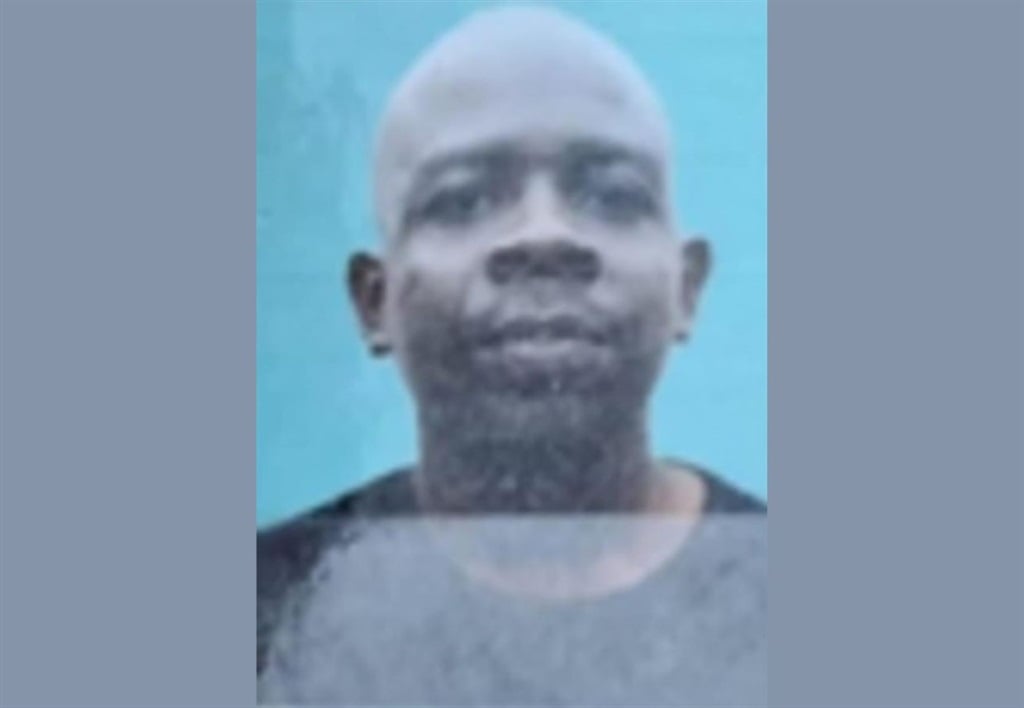
Zimbabwe has 15 137 suspected cholera cases, 1 959 confirmed cases, 14 578 recoveries, 67 confirmed deaths, and 266 suspected deaths.
- Cholera vaccine supplies are tight as Southern Africa’s outbreak crosses into SA.
- Two cholera cases linked to Zimbabwe have been detected in Limpopo.
- The Red Cross is looking for R88 million in funding to promote access to clean water in cholera-hit areas of Zambia.
A multi-country cholera outbreak covering Zimbabwe, Malawi and Zambia – with isolated cases now detected in South Africa – could be hard to contain thanks to a shortage of vaccine supplies.
According to Gavi, the Vaccine Alliance, there are doses of cholera vaccines to meet immediate demand, but a sharp rise in emergencies is making things harder, and problems could persist until the end of next year.
Preliminary data indicate that the number of cholera cases reported in 2023 has exceeded that of 2022, with over 667 000 cases and 4 000 deaths globally.
According to the World Health Organisation (WHO), cholera’s resurgence in 2021 was linked to climate change issues such as flooding, coupled with poor sanitation and bad infrastructure in some countries, and was classified as a Grade 3 emergency, requiring top priority attention.
Outbreak statistics “must be interpreted with caution given the varying surveillance systems and capacity across countries, which means that 2023 data are not directly comparable to reports from previous years”, WHO said in a statement.
READ | Cholera in Limpopo: Two cases ‘imported’ to SA from Zimbabwe, says deputy minister
It has since asked its partners and governments to double their efforts in countering cholera, and that money is urgently needed to execute this mission.
“As cholera cases surge, there is a need to redouble efforts, with every citizen, organisation, and authority playing their part in turning this tide. Increased funding and unwavering collaboration are now indispensable weapons in the fight against this preventable disease. Only through a unified effort, bolstered by adequate resources, can we curb the spread of cholera,” WHO said.
The spread
In December, South Africa ramped up efforts to screen people returning from Zimbabwe, one of the countries hardest hit by the outbreak.
But cholera cases linked to Zimbabwe have since been recorded in South Africa.
In a statement this week, Limpopo health department spokesperson Thilivhali Muavha said two suspected cholera cases in the province had been detected in Zimbabweans.
“The patients, both Zimbabwean men, aged 43 and 27, who upon their return from the festivities presented to Musina and Hellen Franz Hospitals, respectively, with cholera-like symptoms,” she added.
Harare, Zimbabwe’s capital city, is the hardest hit by cholera in the country.
With the help of health partners such as WHO, in a bid to contain a spread that has become countrywide, cholera treatment centres have been decentralised.
The centres are located near affected communities so that those infected don’t have to walk long distances, which risks spreading the disease.
“By prioritising accessibility and community engagement, the decentralisation of treatment centres offers a promising solution for curbing the spread of the disease, reducing mortality, and ensuring the well-being of Zimbabweans,” said Professor Jean-Marie Dangou, the WHO representative in Zimbabwe.
Zimbabwean government spokesperson George Charamba told journalists that “investigations by our health officials have revealed that most victims of the current wave of cholera in the Chiredzi irrigation zones helped themselves to untreated water in canals meant for irrigation. People should avoid taking such raw water; it is contaminated and thus deadly”.
The count in Zimbabwe as of Monday stood at 15 137 suspected cholera cases, 1 959 confirmed cases, 14 578 recoveries, 67 confirmed deaths, and 266 suspected deaths.
In Zambia, President Hakiande Hichilema cut short his holiday to attend to a cholera crisis that was first detected in October last year in peri-urban areas around Lusaka, putting an estimated 10 million people at risk.
There are more than 9 500 cholera cases and 374 deaths registered in Zambia, with a case fatality rate of 3.9%.
The International Federation of Red Cross and Red Crescent Societies (IFRC) has since launched an R88-million emergency appeal to address the cholera outbreak in Zambia.
The money would be channeled towards the provision of clean water.
“To ensure no more lives are lost, we must prioritise access to clean and safe water. With the waterborne disease spreading rapidly, we are deeply concerned about the situation unfolding. The IFRC and Zambia Red Cross Society are seeking resources to contribute to activities that can support stopping the spread and its transmission,” said John Roche, IFRC Head of Delegation Country Cluster for Zimbabwe, Zambia and Malawi.
Community health workers stand ready as #Zambia ???? is poised to kick off single-dose oral #cholera vaccination campaign today in Lusaka district, targeting 1.5 million+ people above the age of one. @WHO has trained vaccinators to bolster efforts to end the cholera outbreak. pic.twitter.com/f00WIBGk6V
— WHO African Region (@WHOAFRO) January 16, 2024
Between 2022-23, Malawi faced one of its worst cholera outbreaks which led to the highest number of cholera deaths in a single country in 2023, a World Health Organisation (WHO) report shows.
As of August 2023, there were 58 982 cholera cases in Malawi, with 1 768 deaths reported. While things have subsided a bit, new cases of cholera in Malawi are linked to neighbouring countries.
On Sunday, a truck driver was admitted to Bwaila Hospital in Lilongwe due to cholera suspected to have been imported from Zambia.
Late last year in the DRC, increased conflict and displacement in the eastern part of the country pushed children into the worst cholera crisis since 2017.
The News24 Africa Desk is supported by the Hanns Seidel Foundation. The stories produced through the Africa Desk and the opinions and statements that may be contained herein do not reflect those of the Hanns Seidel Foundation.






Recent Comments